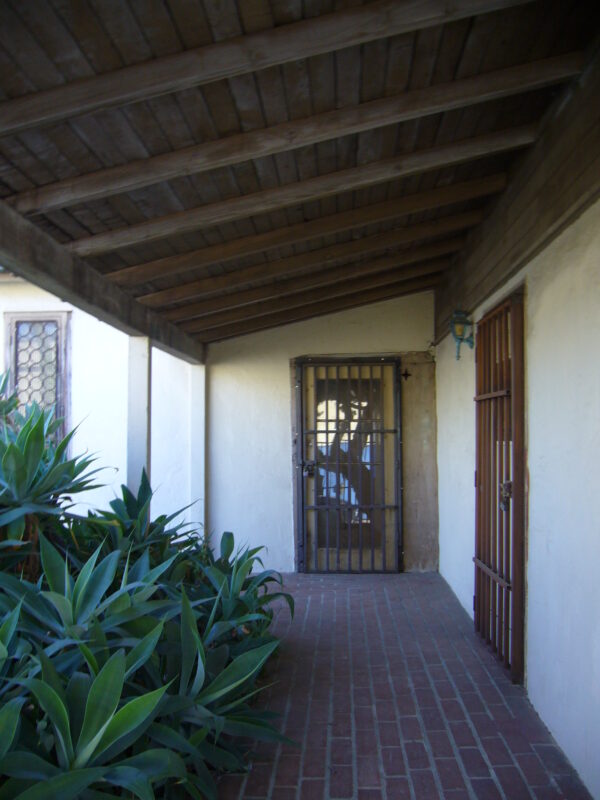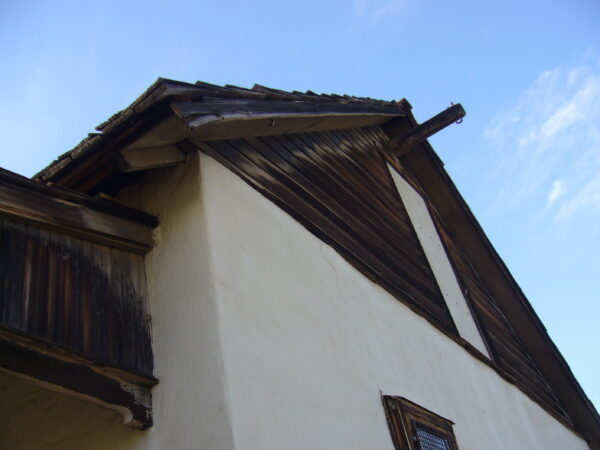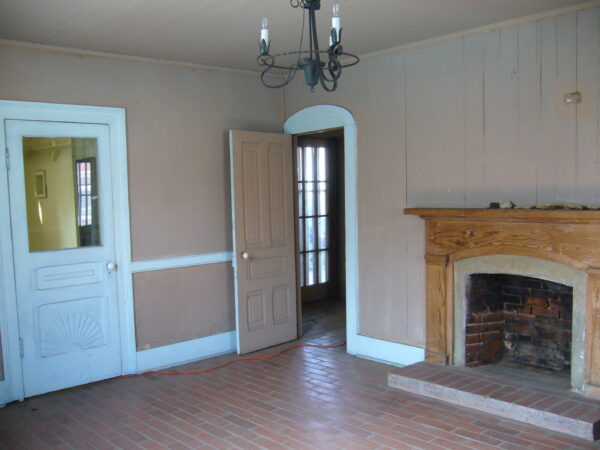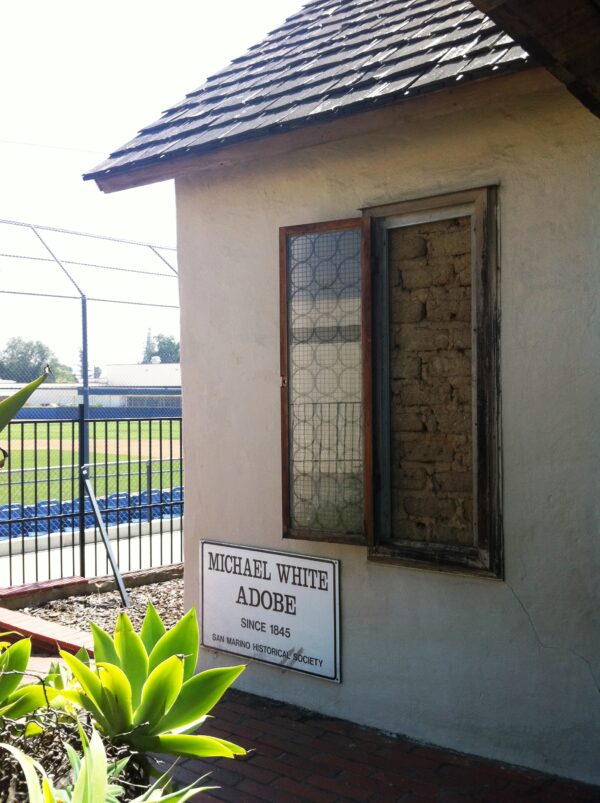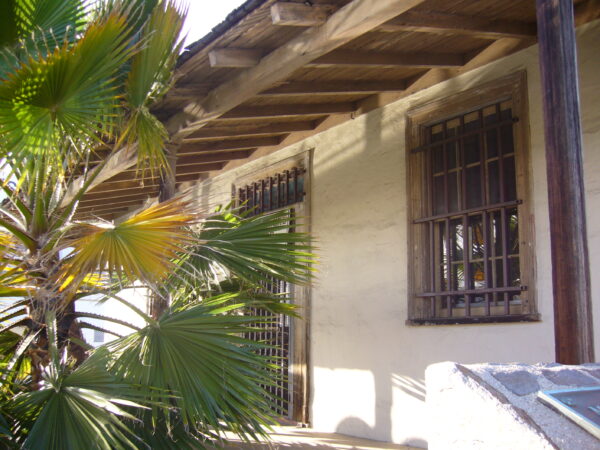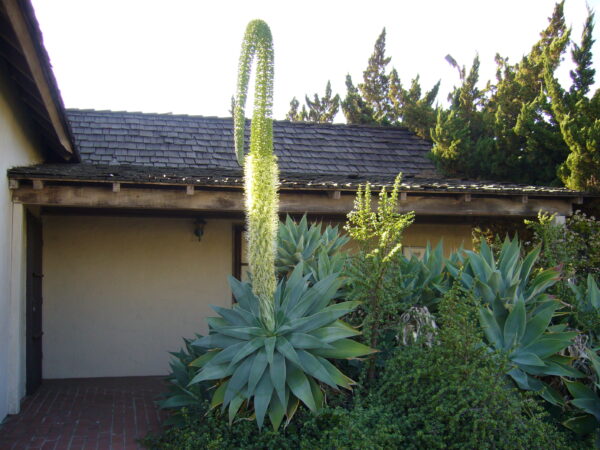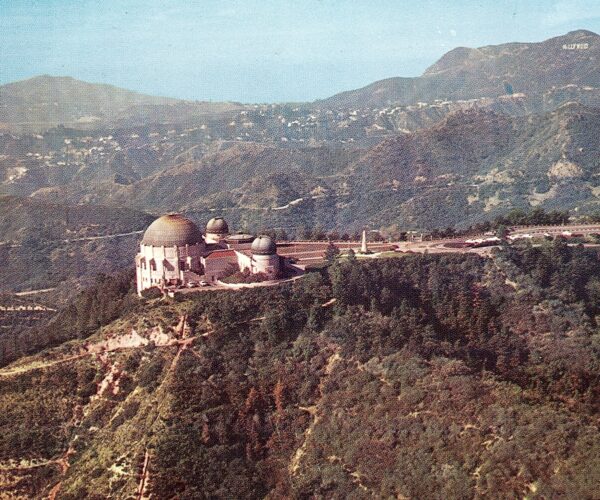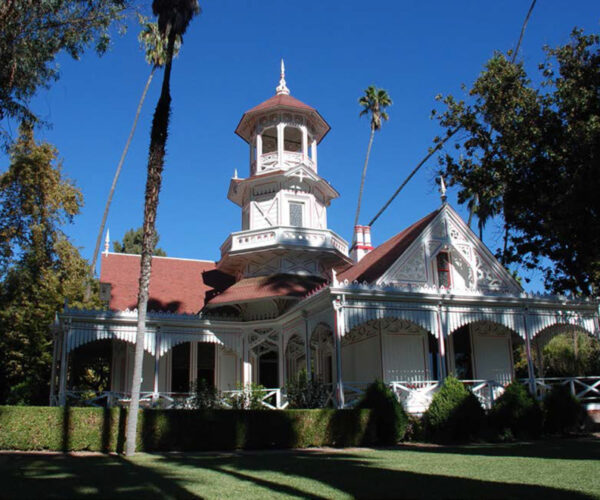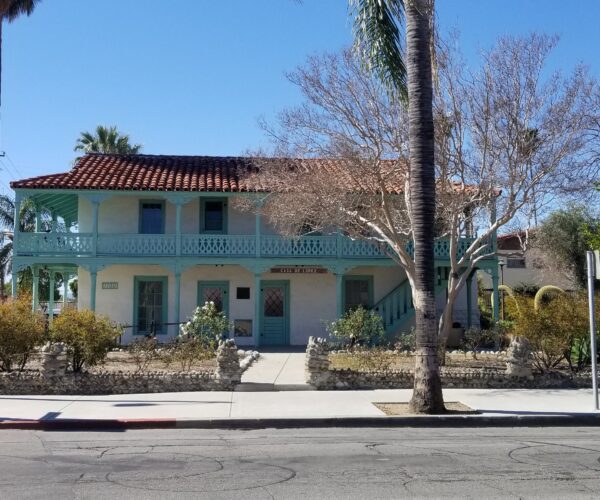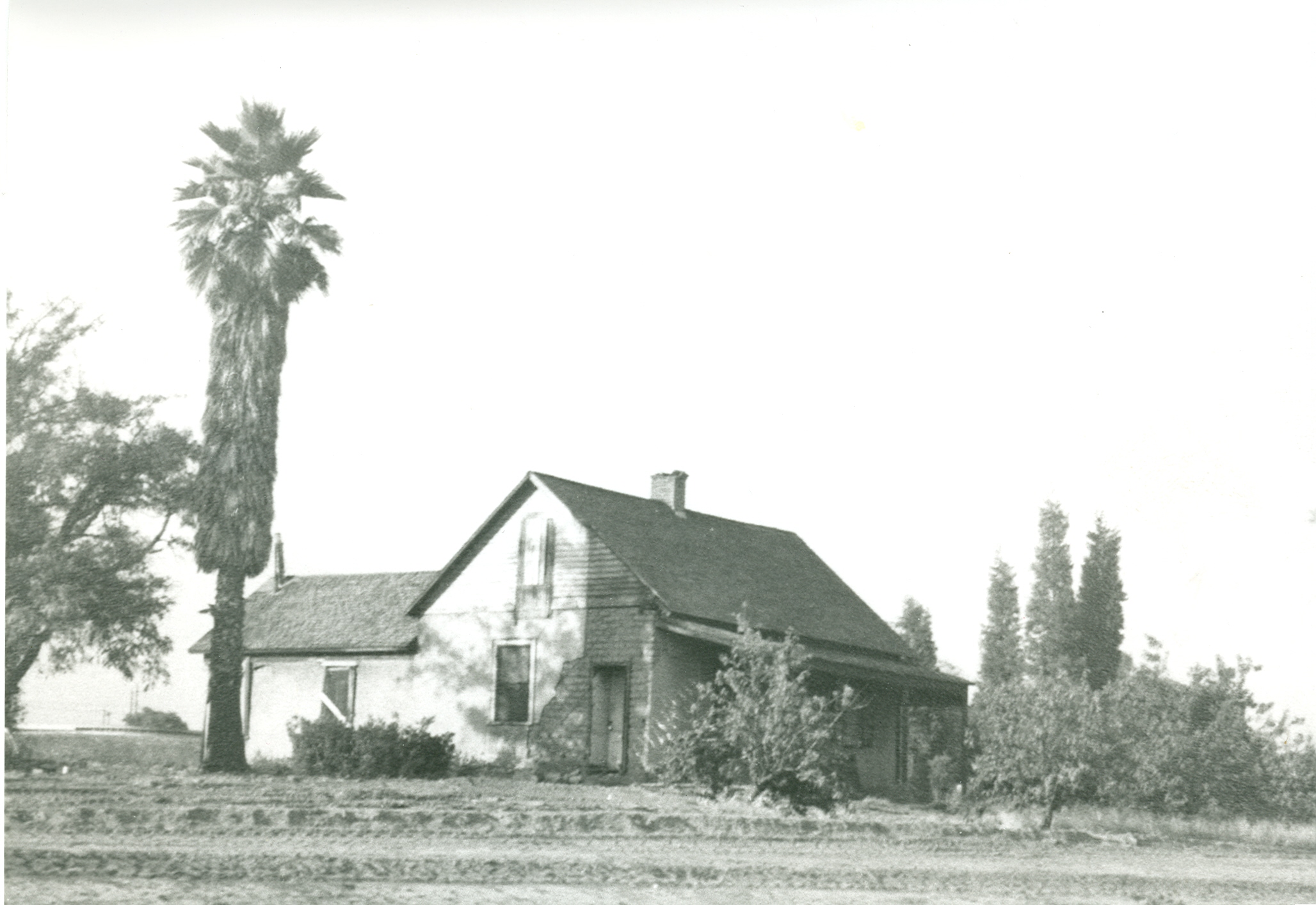
Place
Michael White Adobe
One of only thirty-nine nineteenth-century adobes remaining in Los Angeles County, constructed circa 1845 when California was under Mexican rule.
The Michael White Adobe is one of only thirty-nine nineteenth-century adobes remaining in Los Angeles County. It is currently under the stewardship of the Friends of the Michael White Adobe.
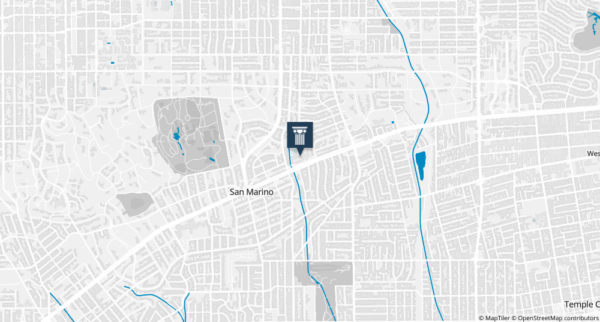
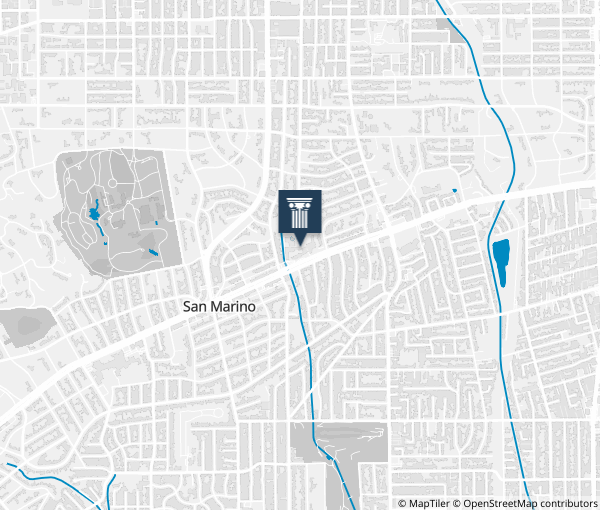
Place Details
Address
Year
Property Type
Community

Photo from Conservancy archives
Overview
Constructed circa 1845, the Michael White Adobe is one of only thirty-nine nineteenth-century adobes remaining in Los Angeles County. It was home to Michael White, an English sailor who arrived in California in 1829. With California under Mexican rule at the time, White adopted the name Miguel Blanco and became a Mexican citizen in order to be married and own land.
About This Place
About This Place
In 1928, the San Marino School District acquired the adobe and its remaining land for a future school. Construction of an elementary school started after World War II, and San Marino High School relocated to the site in the mid-1950s. The school district built a swimming pool and athletic facilities around the adobe. The San Marino Historical Society operated from the adobe for years, and they led tours for the public and local school children (with the permission of the school district) until around 1998, when they had to vacate the adobe due to campus construction. The adobe has sat vacant ever since.
The Michael White Adobe is locally designated as a San Marino landmark and is eligible for listing in the National Register of Historic Places. It was documented under the federal Historic American Buildings Survey (HABS) in 1935, not long after the program was established in 1933.
Our Position
The circa 1845 Michael White Adobe is one of only thirty-nine nineteenth-century adobes remaining in Los Angeles County. Given the adobe’s age and rarity, demolition should not be considered under any circumstance.
The San Marino Historical Society had operated from the adobe for years and led tours for the public and local school children (with the permission of the school district) until about 1998, when they had to vacate the adobe due to campus construction. The adobe has sat vacant ever since.
In 2008, the San Marino Unified School District in initiated efforts to demolish the Michael White Adobe for a proposed pool expansion project. The Conservancy commented on the initial study for the pool expansion’s environmental impact report (EIR). We urged the school district to investigate alternatives for retaining the delicate adobe in place and, as a last resort, relocating and restoring the structure.
The San Marino Unified School District issued a draft EIR in 2009 that abandoned the pool expansion but still proposed to demolish the adobe, claiming it needed to be razed to avoid potential liability. This new plan calls for replacement of the adobe with an asphalt area.
Despite vocal opposition from a diverse cross section of San Marino residents, preservation organizations, and former teachers, students, and parents, the school board ultimately voted to certify the final EIR, which clears the way for the adobe’s demolition. However, in lieu of immediately proceeding with demolition, the board voted to appoint a task force to explore options for the adobe.
The Conservancy was invited to sit on the taskforce along with community members experienced in adobe, preservation, and fundraising. Initially given a mandate of six months, the taskforce has evolved into the Friends of the Michael White Adobe, which secured its 501(c)3 status in late 2010.
